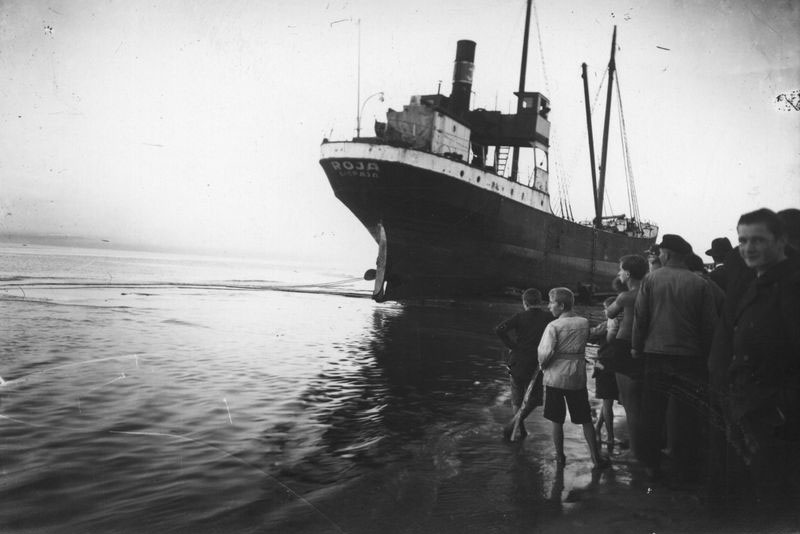How the Lithuanian Art Museum shares their culture with the world
.jpg)
On the Europeana Pro blog, we want to highlight the good work being done by the Europeana Network. This time, Viktorija Jonkut, who works at the Lithuanian Art Museum, talks to us about their work.
Hi Viktorija, how are you?
Very good! Thank you.
Can you tell us a bit about the your institution and its goals?
The Lithuanian Art Museum is a public institution and was granted the national museum status by the government of Lithuania in 1997. Originally founded in 1933, the museum is one of the oldest and leading institutions of its kind in the country. The museum aims to collect, preserve, study, research and promote art valuables that are at its disposal. We also organise exhibitions and cultural events and conduct various educational programmes. We are also an approved administrator and a recognised national training centre for implementing and managing Lithuania’s museums digitisation projects. This is organised and coordinated by a department of the Lithuanian Museums’ Centre for Information, Digitisation and LIMIS (LM CID LIMIS).
.jpg)
Portretas buvusioje Marku?i? dvaro sodyboje. Unknown author. 1905. From the Literat?rinis A. Puškino muziejus (Public Domain)
Why are you working with Europeana?
Europeana is one of Europe's biggest digital cultural heritage libraries. And for us as a memory institution, it is important to be part of European culture heritage and be open and visible. We also want to work together with other countries on the preservation and dissemination of culture heritage. Especially since we are a small country, Europeana gives us the possibility to carry out all these activities. Besides that, we are a public body, so our activities of cultural heritage digitisation, preservation and dissemination are partly determined by the Government of the Republic of Lithuania and overall state strategy of these activities, which is formed in regard to the European cultural heritage policy.
Your material is very well accessible via the direct links in the metadata. Was this a deliberate choice, and if so, why?
Yes, we provide links to digitised images and the source of the original object, available via the LIMIS information system. Of course we do it consciously, in order to provide more opportunities for people searching for necessary information. There is only a part of the information available in Europeana. We provide an image size good enough for a modern computer screen. At the primary source, there is more information and people can get a really high quality image. Providing direct links facilitates and improves the search process and the distribution of information.

Išmestas ? krant? garlaivis "Roja" Melnrag?s papl?dimyje. Unknown author. 1932 from the Mažosios Lietuvos istorijos muziejus (Public Domain)
A lot of material is marked with the Public Domain mark and therefore free to use by anyone. Do you see benefit in this? Is this material for example more accessed?
Yes, we have marked a big part of our digital content with the Public Domain mark. This choice is largely determined by our governmental policy of digitisation and cultural heritage. Under the current legislation, digital content created with the financial support from the State or the EU Structural Funds, is open and can be used without restrictions, which is the case for our organisation. It should however be mentioned that we refer to reasonable quality digital images and objects of relevant chronology. We offer the really high quality as an added service. Generally speaking, the Public Domain mark makes digital content visible and more easily accessed. This results in us (the institution, the holders of images and the country) getting more attention and engaged users.
What does the future of your institution look like? What are your plans?
We will continue the long-term activities such as the restoration and renovation of artworks and the museum building. We will strengthen an inter-institutional cooperation, particularly in the field of tourism and education and organise and participate in national and international projects, especially in the regional one. We seek better public and cultural awareness and work on a better infrastructure for social services and a pleasing atmosphere for cultural experiences. We are also working on system improvements, so we can share Lithuanian digital content more effectively with a wider audience.
Thanks Viktorija!
Viktorija Jonkut is EuropeanaPhotography coordinator at the Lithuanian Art Museum. She answered together with Danuté Mukieneé who is the head of LM CID LIMIS
For more great images from Lithuania click here.
